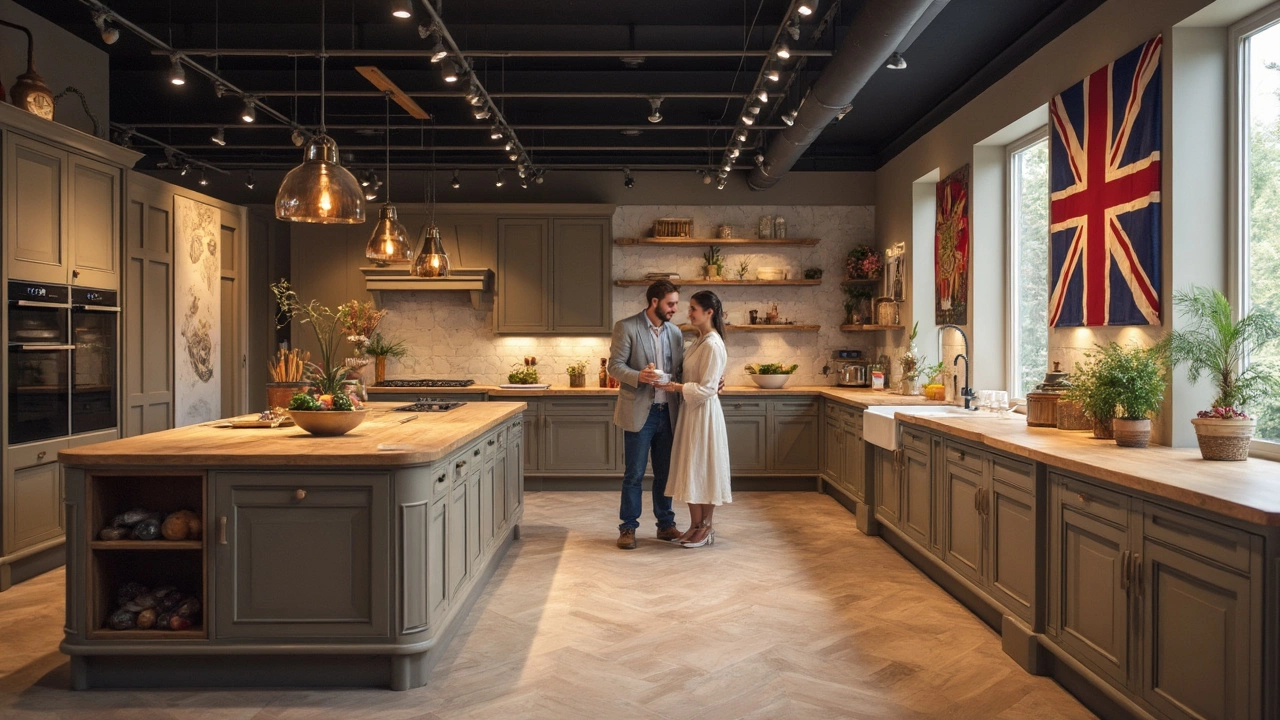Kitchen fitting made simple – what you need to know
If you’re about to start a kitchen fitting project, you probably have a mix of excitement and doubt. The good news is you don’t need a degree in architecture to get it right. With a clear plan, the right choices, and a few practical tricks, you can turn a chaotic job into a smooth ride.
Plan your layout and budget
First thing – measure every wall, door and window. Write down the exact width, height and depth of the space. Sketch a basic layout on graph paper or use a free online tool. Keep the classic work triangle in mind: fridge, stove and sink should be close enough to move easily but not cramped.
Next, set a realistic budget. List the big cost drivers – cabinets, worktop, flooring, appliances and labour. Add a 10‑15% buffer for unexpected issues like plumbing tweaks or hidden damage. Knowing your ceiling early helps you avoid nasty surprises later.
Choose the right materials and installers
When picking cabinets, think about durability and style. Solid wood wins on lifespan but costs more; laminates look great for less cash. For worktops, quartz offers low maintenance, while natural stone gives a unique look but needs sealing.
Flooring in a kitchen needs to handle spills and traffic. Tiles, engineered wood or luxury vinyl plank are all solid choices. Test a few samples in the room’s light before deciding.
Finding the right fitter is crucial. Ask for at least three quotes, check that each company is insured and has good reviews. A quick phone call to a past client can reveal reliability. Don’t just pick the cheapest – look for experience with the specific materials you’ve chosen.
Once you’ve hired a team, nail down a timeline. A typical kitchen fitting takes 2‑4 weeks, depending on demolition, plumbing, electrical work and finish. Ask the contractor for a day‑by‑day schedule so you know when the space will be usable again.
During the build, stay in touch. A short daily check‑in can catch issues before they snowball. If you see a mismatch in cabinet finish or a missing screw, flag it right away.
After installation, do a walk‑through with the fitter. Test every appliance, open and close all drawers, and look for any gaps in tiling or flooring. Make sure any snag list is addressed before you sign off and release the final payment.
Finally, keep the kitchen tidy as you use it. Wipe spills immediately, use cutting boards to protect worktops, and give cabinets a quick dust once a month. Those little habits will keep your new kitchen looking fresh for years.
How Much Would Someone Charge to Fit a Kitchen?
- Gavin Whitaker
- |
- |
- 0
Wondering how much it costs to have a new kitchen fitted? From choosing the right contractor to understanding the factors that influence prices, this guide helps you navigate the maze of kitchen installation fees. Learn about real-life costs, what you should consider for budgeting, and some handy tips to get the most bang for your buck.
View more